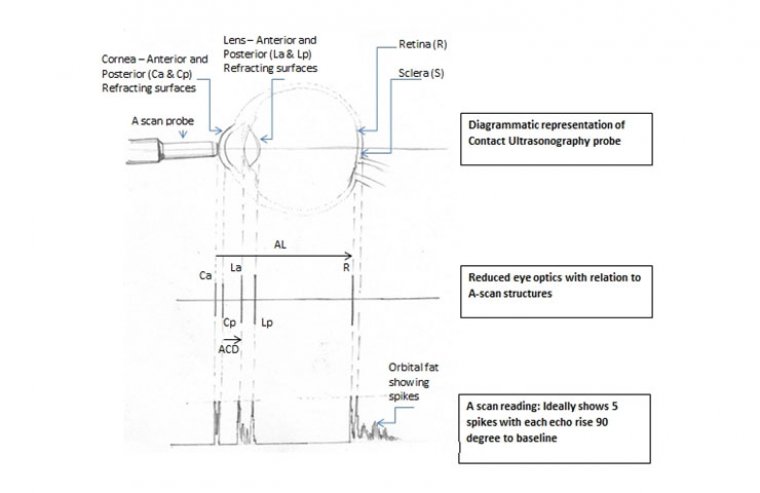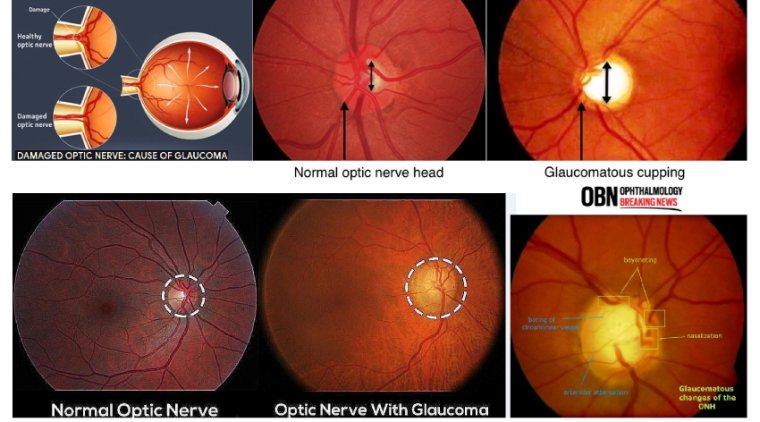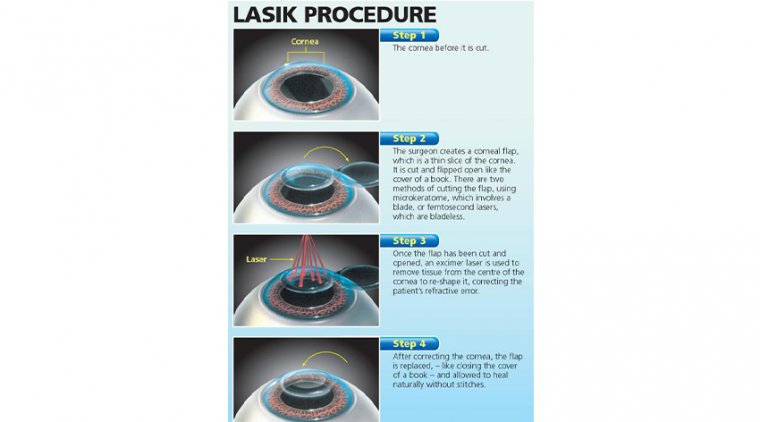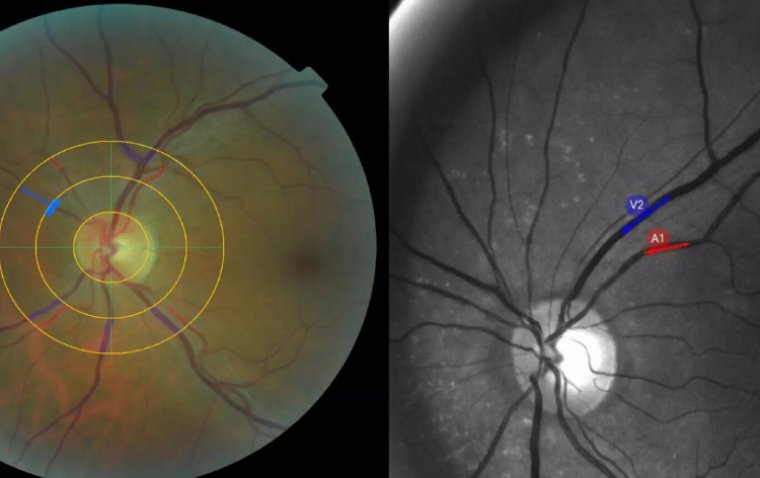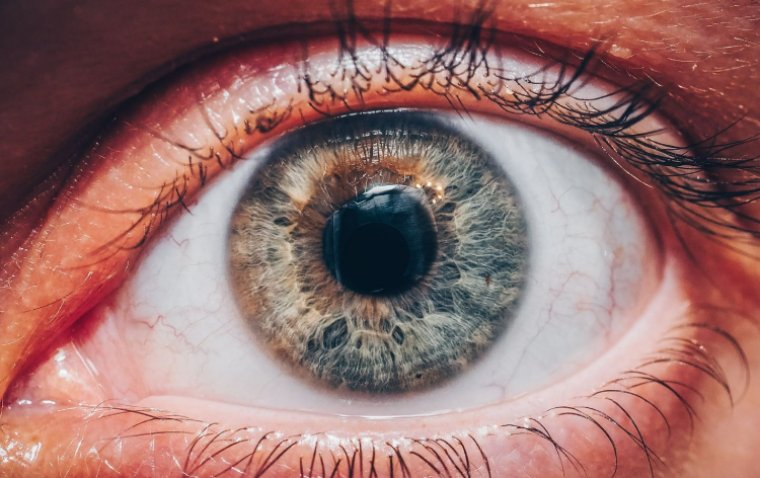
Breakthrough in Ophthalmology: Study Reveals the Dynamic Structure of the Human Eye
The retinal pigment epithelium (RPE) and choroid, located behind the human retina, play crucial roles in vision, encompassing functions such as light absorption and providing oxygenated blood to photoreceptor cells. However, our current understanding of gene expressions within these cells and their implications in retinal diseases remains limited.
As time passes, lipofuscin, an end product of phagosome breakdown, accumulates in the human RPE, leading to the weakening of RPE cells. Simultaneously, the choroidal thickness significantly decreases with age, resulting in reduced blood flow. These factors collectively contribute to the development of age-related macular degeneration (AMD), a prevalent condition affecting millions of individuals globally.
A recent study in the journal Genes & Diseases by researchers from Sichuan Provincial People's Hospital sheds light on degenerative processes within the human RPE and choroid while identifying potential therapeutic targets. The study involved sequencing the RNA of approximately 0.3 million single cells from these regions at seven different ages.
Through this comprehensive analysis, researchers revealed regional and age-specific differences in the human RPE and choroid. These findings highlight the intricate cellular interactions and connectivity networks between the RPE and various choroid cell types. Furthermore, the study identified changes in specific transcription factors and their target genes throughout the aging process.
In their research, the scientists notably identified the gene ELN as a potential candidate for mitigating RPE degeneration and deterioration of choroidal structure during the aging process. This discovery opens up promising avenues for interventions in the treatment of retinal diseases.
To conclude, this study presents a comprehensive single-cell transcriptomic atlas of the human RPE and choroid, encompassing various regions and ages. It provides valuable insights into the gene signatures of these crucial components of the visual system. Additionally, the identification of ELN as a potential candidate for combating the degeneration of choroidal and RPE structures offers a promising direction for targeted interventions in anti-aging therapies or ocular disease treatments.
This groundbreaking research has the potential to revolutionize our comprehension of the human visual support system. It serves as an invaluable resource for future investigations into unique gene-expression signatures and establishes a robust foundation for further exploration of the functions associated with RPE and choroid genes.
Reference
Lulin Huang et al, Dynamic human retinal pigment epithelium (RPE) and choroid architecture based on single-cell transcriptomic landscape analysis, Genes & Diseases (2022). DOI: 10.1016/j.gendis.2022.11.007
(1).jpg)


